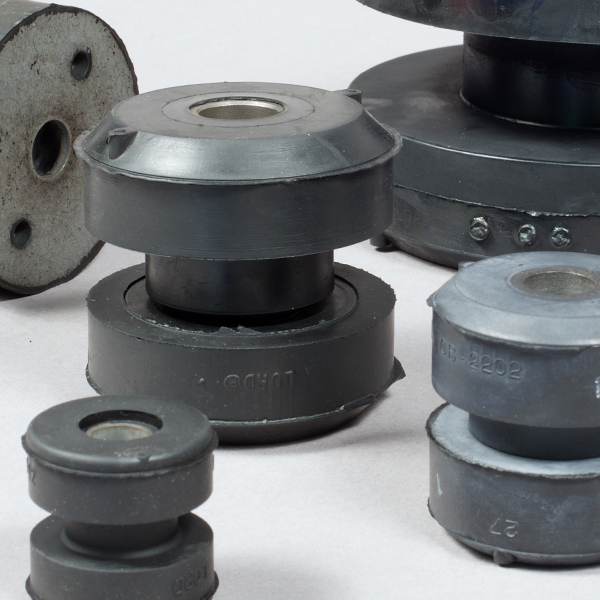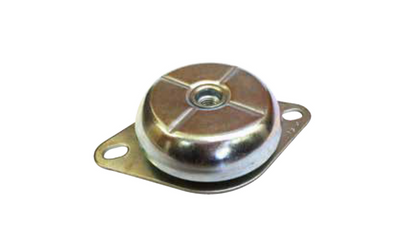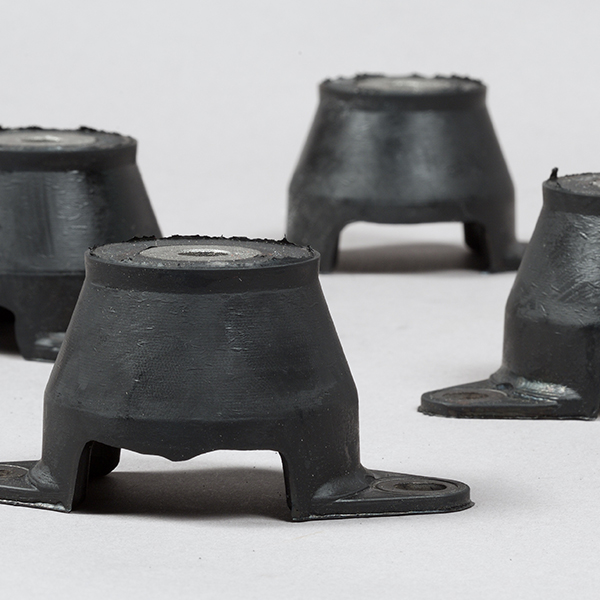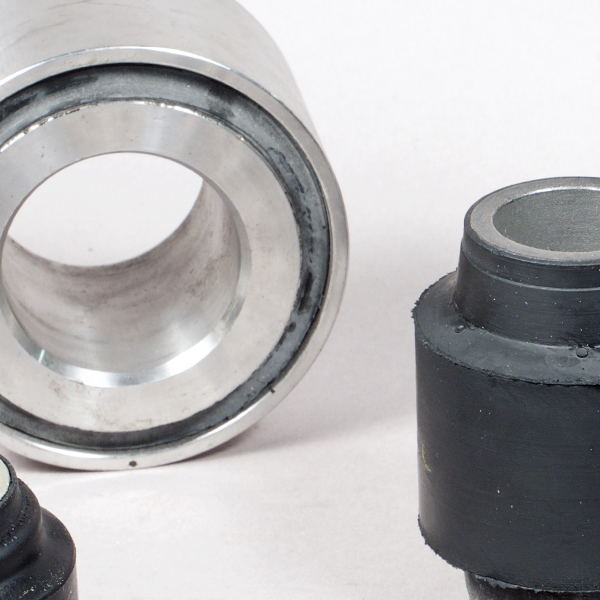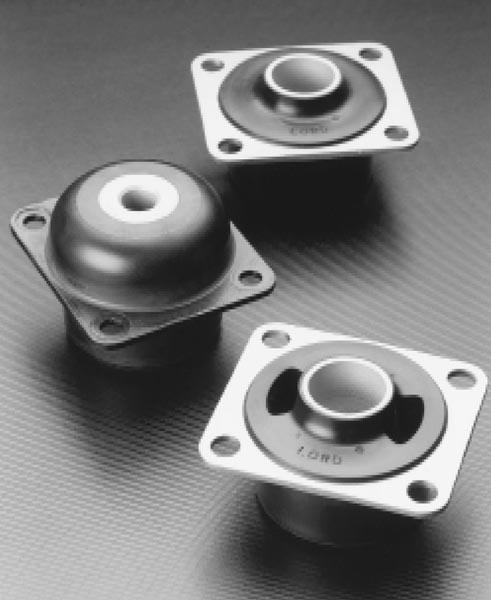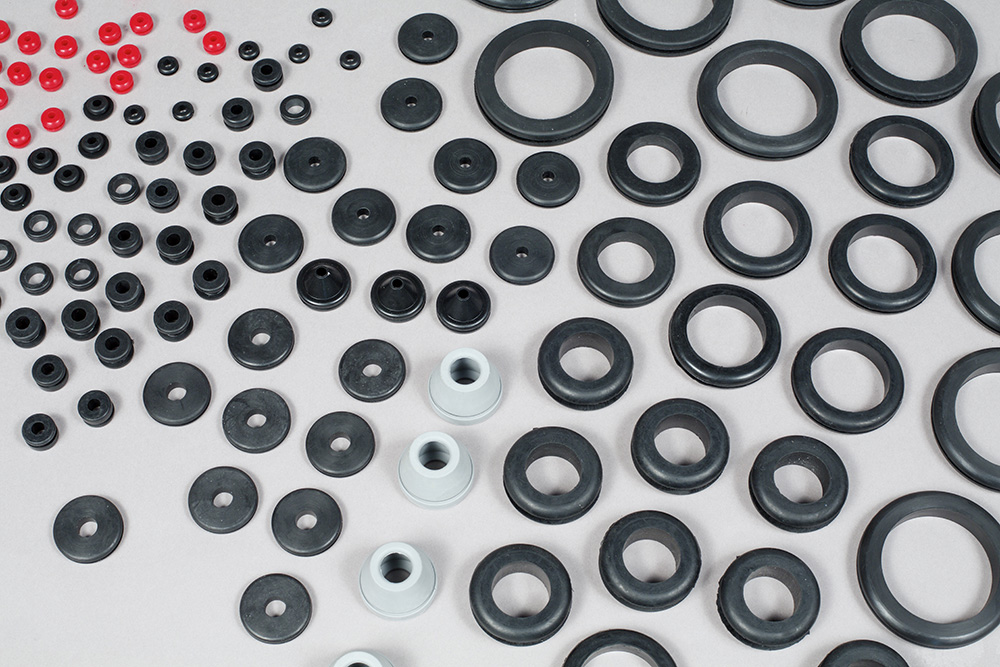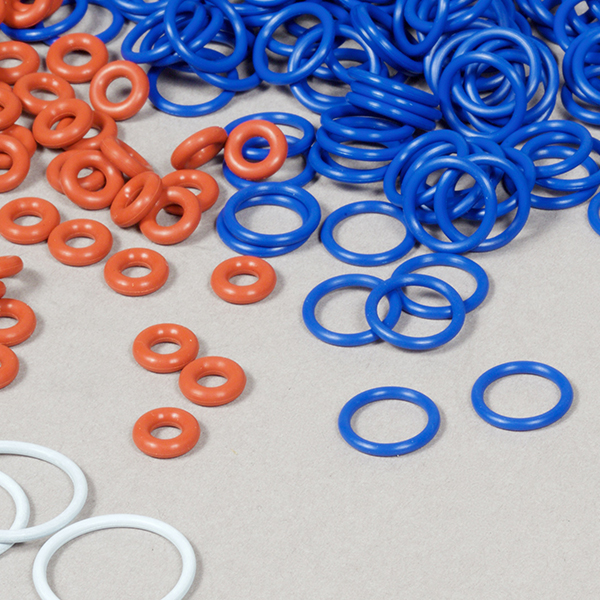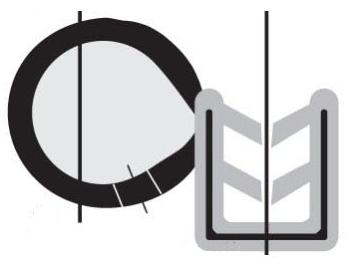Markets Served
Defense Industry
Defense equipment is some of the most specialized machinery in the world. Military equipment not only has to complete specific mission-critical tasks but also has to withstand extreme conditions. Rubber has a wide range of capabilities and offers protective qualities perfect for the use of military equipment.
Rubber Parts & Defense Equipment Applications
RPM offers advanced rubber molding solutions tailored to meet precise specifications and industry standards. With expertise in compression, transfer, and injection molding, we deliver high-quality, durable rubber components designed for defense applications.
| Application | Common Parts | Common Processes |
|---|---|---|
| All Terrain Vehicles (ATVs) | Rubber seals, engine vibration mounts, grommets, bushings, and rubberized flooring used for wire and cable protection, vibration isolation and floor mats. | Compression molding for durability and high resistance to tearing, injection molding for complex shapes and precise tolerances. |
| Ships | Rubber buffers, hydraulic seals, wear pads, and vibration mounts to enhance safety and maintain equipment longevity. | Injection molding for intricate parts, precision die-cutting for custom shapes, and vulcanization for improved mechanical properties. |
| Multipurpose Vehicles | Shock-absorbing rubber pads, high-impact seals, dust boots, and vibration control mounts used to provide greater comfort and withstand the elements. | Compression molding for robust, wear-resistant parts, transfer molding for strong, flexible components, vulcanization for enhanced impact and abrasion resistance. |
| Tanks & Armored Combat Vehicles | Seals for high-pressure hoses, control panel/instrument mounts, and engine vibration mounts to ensure equipment performance under the most demanding conditions. | Extrusion for long, flexible seals and tubing, compression molding for durable gaskets and seals, vulcanization to improve chemical and temperature resistance. |
| Personnel Transporters | Vibration mounts, door and compartment seals, and rubberized flooring for occupant comfort and safety. | Injection molding for high-precision parts, compression molding for impact resistance, vulcanization for enhancing durability and safety properties under high-stress conditions. |
Use our interactive infographic to find rubber parts for your Defense application:
These machines are designed for optimum durability and productivity and are often subjected to high levels of noise, vibration, and harshness. Rubber plays an important role in the reduction of noise, vibration, and harshness (NVH). The benefits of using rubber in military equipment include customization capabilities through different molding techniques, vibration control and noise dampening, thermal conductivity, cost-effective and readily available.
Rubber is an incredibly versatile material that can be used to increase efficiency, decrease downtime and improve safety. According to the McNally Institute, one military tank costs about $6 million. Because the equipment is so expensive to purchase, operate, and maintain, it is imperative that fleets are as long-lasting as possible. Using high-quality rubber parts is the best way to achieve this. RPM has a broad range of rubber and elastomers to suit virtually every environment.
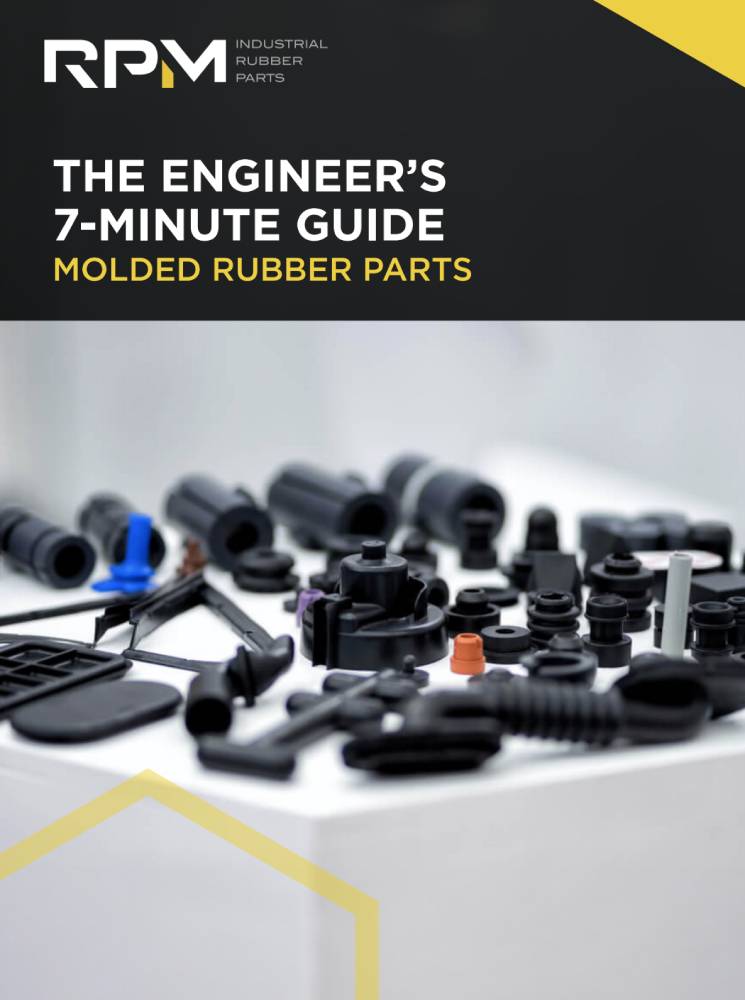
The Engineer’s 7-minute Guide to Rubber Molded Parts
Our free resource is a quick-reference guide to help you determine if exploring a rubber part is right for your application.
Challenges
Defense equipment needs to perform in harsh environments while ensuring safety for military personnel. Minimizing shock in a military machine is crucial to its longevity and operators safety. These are two of the main challenges:
High Shock Loads
The components that are arguably some of the most important are components subject to metal-to-metal contact or high shock loads. Rubber mounts act as a buffer between two components. The mount will absorb shock loads and forces to prevent the force from damaging connecting parts. Damages cause unwanted downtime and expensive repairs. To prevent these issues, it is key to use vibration control products such as rubber mounts.
Military Personnel Safety
In a study published in the Occupational Medicine journal, researchers found that military personnel experienced back, neck, and hip pain from vehicles with unergonomic seating, poor suspension, and excessive vibration. For equipment that will minimize non-combat-related injuries, OEMs need to incorporate shock-reducing parts, such as flex bolt sandwich mounts.
Trends
As technology improves, so does military equipment. The defense industry is at the forefront of innovative design. Two of the biggest trends in military equipment manufacturing are robotics / autonomous systems and alternative fuel vehicles.
Robotics / Autonomous Systems
Military robotics and autonomous systems are one of the most trending fields of military research and manufacturing today. Defense autonomous systems can provide reconnaissance and risk assessment, rather than using people to do that dangerous job. Typically, autonomous systems require advanced electronics. These systems can be incredibly sensitive to disturbing frequencies. Without the proper shock and vibration control, they will require frequent replacements and repairs.
Alternative Fuel Vehicles
According to Aero Defense Tech, 75% of energy usage in the military is used for mobility purposes. This means that air, land, and sea craft use three-quarters of all energy used in the military. The Navy has started to manufacture ships that use both diesel and electricity. The dual-energy function allows the ship to stay stationed three times longer than traditionally fueled ships.
Frequently Asked Questions

Find quick answers to your questions here or contact us directly for any additional inquiries.
What are the benefits of rubber compression molding?
Compression molding offers several advantages, including high production rates, excellent dimensional stability, and the ability to produce complex shapes with intricate details.
Which is better? Natural rubber or synthetic rubber?
Natural and synthetic rubbers each have strengths. Natural rubber is great for flexibility, while synthetic rubbers can be customized for specific needs like heat resistance. The best choice depends on the specific application.
How do I select a vibration isolator for my application?
To select the right vibration isolator, start by determining the frequency and amplitude of the vibrations, the weight of the equipment, and the desired level of isolation. Contact the team at RPM for assistance.
What is rubber-to-metal bonding?
Rubber-to-metal bonding involves creating a strong and durable connection between rubber and a metal surface, resulting in a composite material that combines the flexibility and shock absorption of rubber with the strength and rigidity of metal.
What is an engine mount and how does it work?
An engine mount is a flexible component that isolates the engine from the vehicle’s frame, reducing vibrations and noise while allowing for slight engine movement during operation.
What is a rubber sandwich mount?
A rubber sandwich mount is a vibration isolation device consisting of two metal plates with a layer of rubber sandwiched between them, used to reduce the transmission of vibrations.
Ready to get started?
Let Us Be a Small Part of a Big Solution: Your Partner in Building Life Changing Products.
Or Call Us: 888-842-5668






